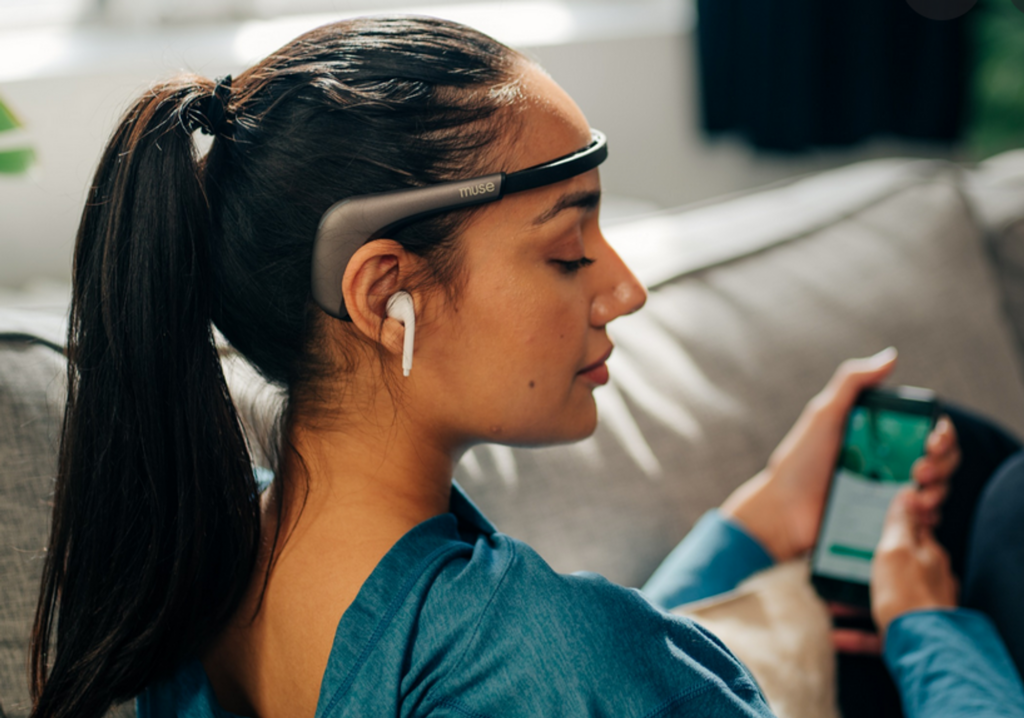Revealing the Secrets of the Brain Through qEEG Cerebral Mapping Techniques in Mental Wellness Assessment
Revealing the Secrets of the Brain Through qEEG Cerebral Mapping Techniques in Mental Wellness Assessment
Blog Article
Comprehending the human mind is a complex endeavor, particularly when it comes to mental health. Traditional methods of evaluation frequently depend on interviews and questionnaires, which can occasionally miss important details about how the mind functions. This is where qEEG electroencephalography, or qEEG, comes into the picture. qEEG is a specific technique that measures electrical activity in the brain. By examining these neural patterns, mental health professionals can obtain important insights into a person's psychological condition, helping to improve assessment and intervention.
qEEG works by applying small electrodes on the head to record brain signals. These electrodes detect electrical signals produced by nerve cells, the cells in the brain that interact with one another. The data collected is then analyzed and presented as a series of waveforms. Each kind of neural wave—such as α, β, delta, and theta—corresponds to various psychological states and activities. For example, alpha oscillations are commonly associated with relaxation, while β oscillations are linked to engaged cognition and issue resolution. By analyzing these patterns, clinicians can detect irregularities that may indicate mental health concerns.
One of the significant advantages of qEEG is its capability to offer unbiased data. Unlike conventional evaluations that depend on personal reports from patients, qEEG offers a distinct view of neural activity. This objectivity can help minimize prejudices in assessment and result to more precise intervention strategies. For example, if a patient is experiencing anxiety, qEEG can reveal specific trends of neural function that are linked with stress conditions. This information enables psychological health professionals to customize interventions more effectively, whether through therapy, pharmaceuticals, or alternative approaches.
Additionally, qEEG can be especially useful in tracking intervention advancement. By conducting qEEG assessments at different points during treatment, healthcare providers can monitor variations in neural function over period. This continuous assessment assists determine whether a intervention is effective or if adjustments are required. see here now For instance, if a client is not reacting to a specific treatment, qEEG may indicate that their neural function has not altered in a manner that indicates improvement. This response loop can result to more customized and effective mental health care.
In conclusion, qEEG brain mapping is a powerful tool in the field of mental health evaluation. By offering unbiased information about brain activity, it improves the comprehension of different mental health disorders. This method not only assists in precise assessment but also assists in monitoring treatment effectiveness. As mental health professionals continue to investigate the capabilities of qEEG, it possesses promise for improving the well-being of people dealing with psychological health issues. With continuous research and advancements in techniques, the secrets of the brain may turn clearer, leading to better outcomes for those in need of support.